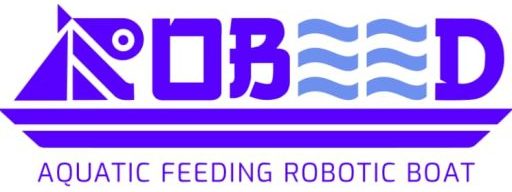
Safeguarding Aquaculture: Mitigating Threats to Sustainable Seafood Production
Introduction:
Aquaculture, the farming of aquatic organisms, has emerged as a critical source of seafood to meet the growing demand for protein-rich food globally. However, the industry faces numerous challenges and threats that jeopardize its sustainability, environmental integrity, and long-term viability. In this blog, we explore the dangers threatening aquaculture and discuss strategies to mitigate these risks to ensure the continued success of this essential industry.
1. Disease Outbreaks:
One of the most significant threats to aquaculture is the outbreak of diseases among farmed aquatic species. High stocking densities, intensive farming practices, and environmental stressors create ideal conditions for the spread of pathogens, leading to devastating losses for farmers and significant economic impacts. Common diseases affecting aquaculture include bacterial infections, viral diseases, and parasitic infestations, which can decimate fish stocks and disrupt production cycles.
To mitigate the risk of disease outbreaks, aquaculture operators must implement stringent biosecurity measures, including regular health monitoring, quarantine protocols, and vaccination programs. Additionally, research into disease-resistant strains, improved husbandry practices, and alternative treatment methods can help enhance the industry’s resilience to disease threats and minimize losses.
2. Environmental Pollution:
Aquaculture operations have the potential to contribute to environmental pollution through the discharge of effluents, excess nutrients, and chemical inputs into surrounding water bodies. Accumulation of organic matter, antibiotics, and pesticides in aquaculture effluents can degrade water quality, disrupt ecosystems, and harm native species, leading to environmental degradation and habitat loss. Moreover, the expansion of aquaculture into sensitive coastal areas and mangrove forests can exacerbate environmental impacts, including habitat destruction and loss of biodiversity.
To mitigate environmental pollution from aquaculture, industry stakeholders must adopt sustainable production practices that minimize waste, optimize resource utilization, and reduce reliance on chemical inputs. Implementation of best management practices, such as nutrient recycling, effluent treatment, and habitat restoration, can help mitigate the environmental footprint of aquaculture operations and safeguard fragile ecosystems.
3. Escapes and Genetic Pollution:
Escape of farmed aquatic species into the wild poses a significant threat to wild populations and genetic diversity, particularly in areas where aquaculture operations overlap with natural habitats. Escaped fish can interbreed with wild populations, leading to genetic homogenization, loss of local adaptations, and reduced fitness in native species. Moreover, invasive species introductions resulting from escape events can disrupt the ecological balance, outcompete native species, and degrade habitat quality, posing risks to biodiversity and ecosystem health.
To prevent escapes and genetic pollution, aquaculture operators must implement robust containment measures, such as secure enclosures, escape-proof nets, and regular maintenance of infrastructure. Furthermore, the development of sterile or genetically modified strains, as well as monitoring and surveillance programs, can help mitigate the risks associated with escaped farmed fish and minimize their impact on wild populations.
4. Climate Change and Ocean Acidification:
Climate change poses significant challenges to aquaculture through its impacts on water temperature, ocean circulation patterns, and sea level rise. Rising water temperatures can increase the susceptibility of farmed species to disease, alter reproductive cycles, and disrupt ecosystem dynamics, leading to reduced productivity and increased mortality rates. Additionally, ocean acidification resulting from increased carbon dioxide levels can impair shell formation in shellfish and disrupt marine food webs, further exacerbating the challenges faced by aquaculture operators.
To adapt to the impacts of climate change and ocean acidification, aquaculture operators must enhance resilience through site selection, species diversification, and infrastructure upgrades. Implementing climate-smart aquaculture practices, such as integrated multitrophic aquaculture and aquaponics, can help mitigate the effects of environmental stressors and enhance the industry’s ability to withstand future challenges.
Conclusion:
Aquaculture plays a vital role in meeting global demand for seafood and supporting livelihoods, economic development, and food security. However, the industry faces numerous threats that jeopardize its sustainability and environmental integrity. By implementing robust biosecurity measures, adopting sustainable production practices, and promoting climate-smart aquaculture solutions, stakeholders can mitigate the dangers threatening aquaculture and ensure its continued success in providing safe, nutritious, and sustainable seafood for generations to come.

